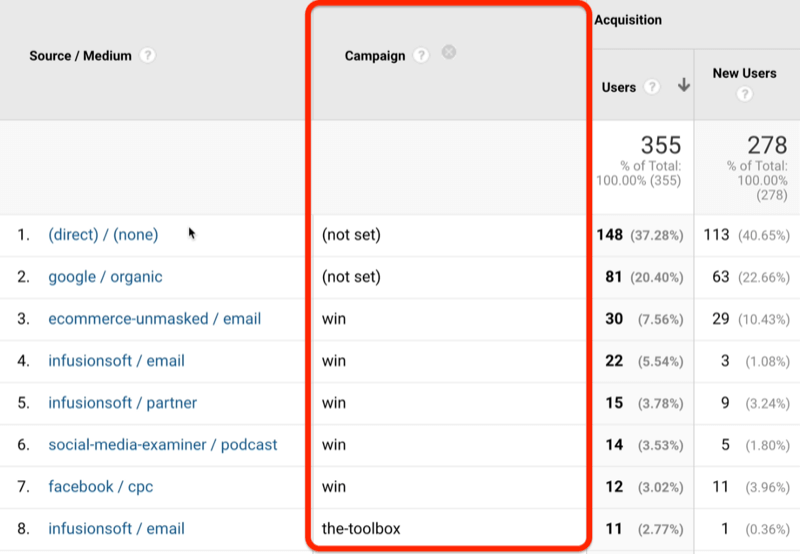Transform Your Analytics Method With Secondary Measurement in Google Analytics
By incorporating secondary measurements right into data evaluation, a new layer of understandings emerges, dropping light on intricate customer habits and interactions. The calculated application of secondary dimensions holds the vital to unlocking a treasure trove of very useful information that can reinvent how services act and interpret upon their information.
Recognizing Second Dimensions in Google Analytics
Secondary measurements in Google Analytics provide added context to primary data by enabling customers to analyze metrics across a 2nd measurement, providing deeper understandings right into user habits and interactions on a website. Secondary Dimension in Google Analytics. While main measurements give fundamental data points such as pageviews, bounce price, and session period, second measurements offer a more in-depth sight by segmenting the key information even more. This segmentation enables users to assess metrics in mix with one more dimension, such as traffic resources, demographics, or user actions
Benefits of Utilizing Second Measurements
Making use of second measurements in Google Analytics uses a strategic benefit by improving the deepness of evaluation and providing a more extensive understanding of individual interactions and behavior on a site. By integrating second measurements, experts can get useful insights into the performance of specific sectors or variables within their information. This makes it possible for an extra in-depth assessment of individual behavior past surface-level metrics, enabling a deeper expedition of the factors influencing customer interaction and conversions.

Exactly How to Apply Additional Measurements
When integrating second dimensions in Google Analytics, one crucial step is to pick the appropriate metrics and dimensions to improve the evaluation procedure. To execute second dimensions successfully, begin by accessing your Google Analytics account and navigating to the report you desire to boost with additional information. As soon as in the report, find the "Additional Measurement" switch, typically located over the data table. Clicking on this switch will certainly open a drop-down menu listing different measurements that can be contributed to your key dimension for deeper insights.
After choosing the proper second measurement, such as 'Source/Medium' or 'Tool Group,' Google Analytics will certainly present the data in a more comprehensive style, enabling you to cross-analyze different elements of individual habits. Keep in mind to trying out different mixes of key and secondary measurements to reveal important patterns and patterns that can notify your advertising and marketing approaches. By carrying out additional dimensions thoughtfully, you can gain a much more extensive understanding of your site or app efficiency and make data-driven choices to enhance your digital existence.
Analyzing Data With Secondary Measurements
Enhance your information analysis in Google Analytics by incorporating second dimensions to delve much deeper into user actions patterns and optimize your electronic advertising techniques effectively - Secondary Dimension in have a peek at this site Google Analytics. By including secondary measurements to your main information, you can get valuable understandings that can help you make educated decisions concerning your site or application performance
Examining data with additional dimensions enables you to sector your main information even more, giving a more thorough view of individual interactions. As an example, incorporating the primary dimension of 'source/medium' with a second dimension like 'touchdown web page' can reveal which certain web pages are driving web traffic from different resources. This details can be important in fine-tuning your web content strategy or enhancing your marketing campaign to enhance conversions.
Moreover, making use of secondary dimensions allows you to recognize relationships between different metrics, helping you comprehend the effect of different aspects on customer behavior. Whether it's assessing demographics alongside user engagement metrics or device classifications with conversion rates, additional dimensions equip you to discover surprise fads and patterns that can guide your marketing efforts.
Optimizing Performance With Secondary Dimensions
To improve the effectiveness of data evaluation and decision-making in Google Analytics, including second measurements is vital to maximizing efficiency metrics and obtaining much deeper understandings right into customer habits patterns. By using additional dimensions, analysts can dig beyond surface-level data and uncover important correlations that may otherwise go unnoticed. This optimization strategy makes it possible for organizations to customize their advertising initiatives better, identify areas for renovation in internet site use, and boost general individual experience.
Secondary dimensions offer an even more detailed view of user communications by giving extra context to primary information metrics. Combining the primary measurement of 'landing web page' with a secondary measurement like 'device group' can reveal whether particular devices are extra likely to drive involvement on specific touchdown pages. This insight can educate responsive style improvements or targeted advertising and marketing methods to increase efficiency.

Final Thought
To conclude, the assimilation of additional measurements in Google Analytics offers companies with an effective tool to enhance their analytics method. Secondary Dimension in Google Analytics. By delving deeper right into user habits and interactions, marketing experts can discover beneficial visit here insights that can drive efficiency optimization and boost the general user experience. Leveraging additional measurements enables an extra extensive evaluation of information, resulting in even more informed decision-making and customized advertising and marketing efforts
Additional measurements in Google Analytics offer added context to primary information by permitting individuals to assess metrics across a second measurement, offering deeper understandings into individual habits and interactions on an internet site. While main measurements give fundamental data points such as pageviews, bounce price, and session period, secondary dimensions use a more thorough view by segmenting the main information better.One of the key benefits of using additional measurements is the capacity to reveal relationships and patterns that may not be right away evident when analyzing data with primary link dimensions alone.When incorporating additional dimensions in Google Analytics, one vital action is to pick the pertinent metrics and measurements to improve the evaluation procedure. Combining the key measurement of 'touchdown web page' with a second measurement like 'gadget group' can disclose whether particular tools are extra most likely to drive involvement on certain landing pages.